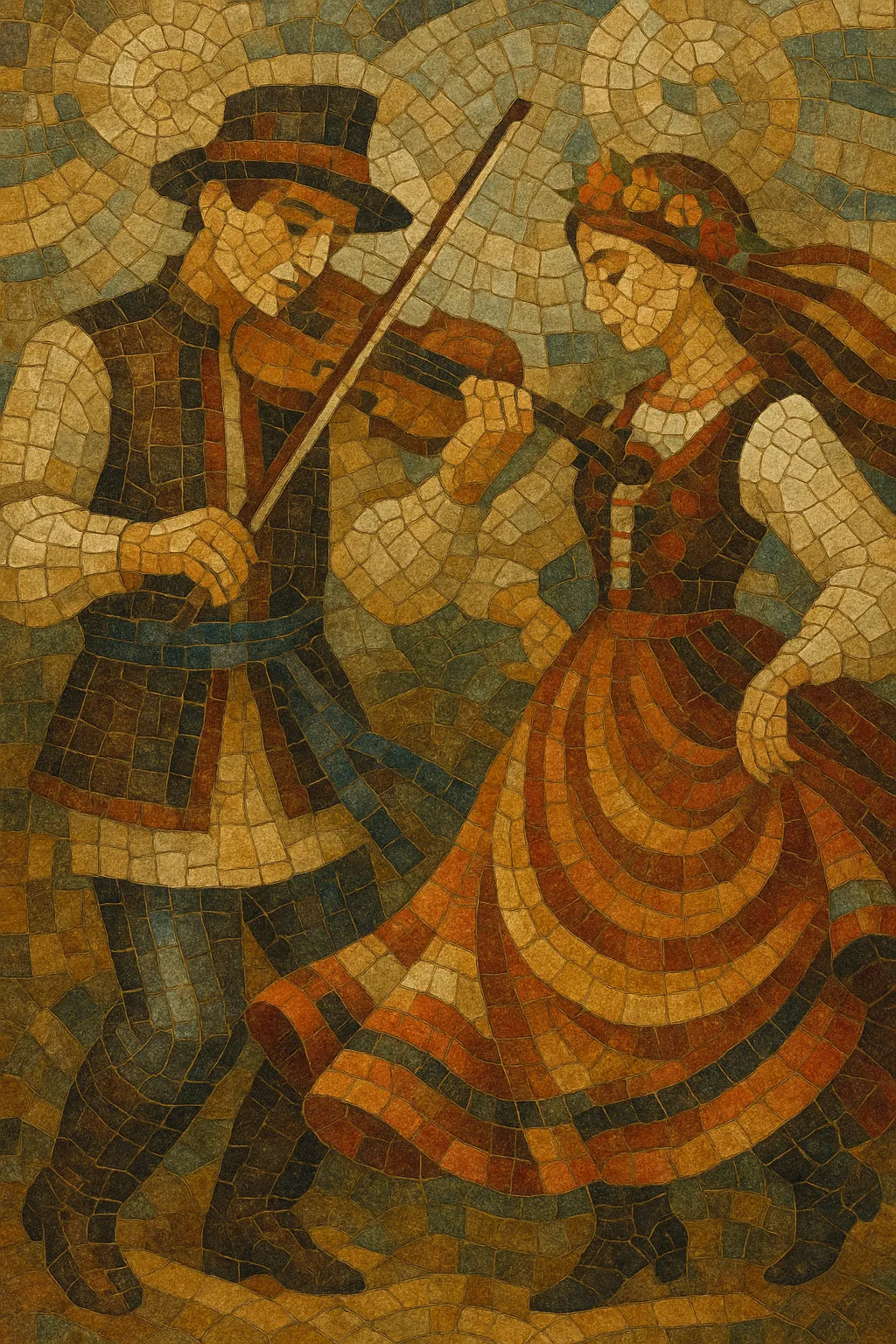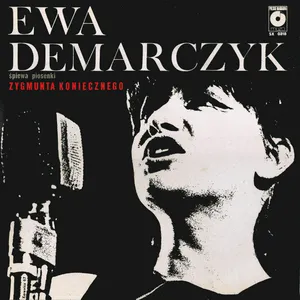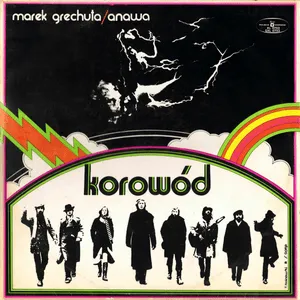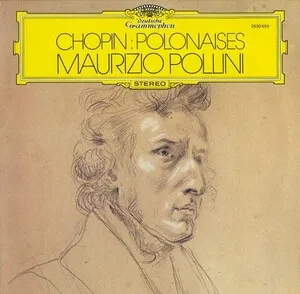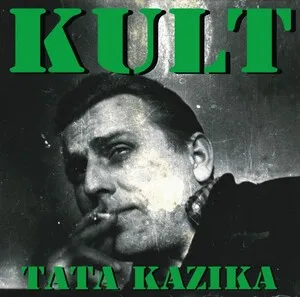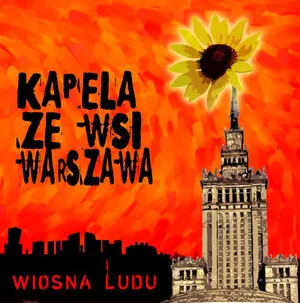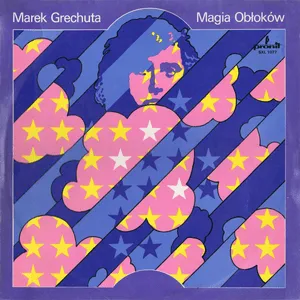Polish music is the umbrella term for the musical traditions and industries of Poland, spanning sacred chant, folk idioms, art (classical) music, jazz, rock, and contemporary pop and hip hop.
Across centuries, it is characterized by the fusion of European art-music forms with distinctively Polish folk rhythms and melodies, most famously the triple‑meter national dances such as the mazurka, polonaise, oberek, kujawiak, and krakowiak. Lyrical, songful melodies and modal inflections from Slavic folk practice coexist with the harmonic language of Western classical music.
In the 20th century, Polish music became a global reference point for avant‑garde orchestral color (sonorism) and choral writing, while also nurturing one of Europe’s most vibrant jazz scenes and a resilient rock culture. Today, it includes a prolific mainstream of pop, rap, and electronic music that still resonates with folk and classical heritage.
Poland’s Christianization in 966 tied local musical life to the Latin liturgy, introducing Gregorian chant and early polyphony to monasteries and cathedrals. Parallel to sacred practice, rural communities cultivated a rich oral folk tradition—dance tunes, laments, and wedding music—that would later shape national musical identity.
During the Renaissance, Polish chapels and courts supported composers and choirs; printed collections and organ tablatures document a maturing polyphonic style alongside popular dance pieces.
Under the Polish–Lithuanian Commonwealth, Italianate Baroque forms and French court influences met domestic dances. The polonaise and mazur gained profile at court and in salons. Late‑18th‑century Classicism aligned Polish music with pan‑European tastes while preserving national dance idioms.
After the partitions of Poland, music became a vehicle for cultural identity. Fryderyk Chopin elevated the mazurka and polonaise to high art, encoding folk rhythm and modal color into sophisticated piano works. Operatic and symphonic traditions grew in parallel (e.g., Moniuszko), blending European forms with Polish themes.
Between the wars and after WWII, Polish composers (Szymanowski, Lutosławski, Penderecki, Górecki) pioneered coloristic orchestration, modal harmony, and later sonorism—textures based on timbre, clusters, and extended techniques—earning worldwide influence. In the Communist era, a thriving, distinctive jazz scene (Komeda, Stańko) became a symbol of artistic autonomy.
From the 1970s–90s, Polish rock and alternative (alongside singer‑songwriters) articulated social commentary. Since the 2000s, pop, hip hop, and electronic scenes have expanded rapidly, while folk revivalists and classical institutions continue to project Polish idioms globally. The result is a plural, genre‑spanning ecosystem that still foregrounds national dances, lyrical expression, and timbral innovation.

